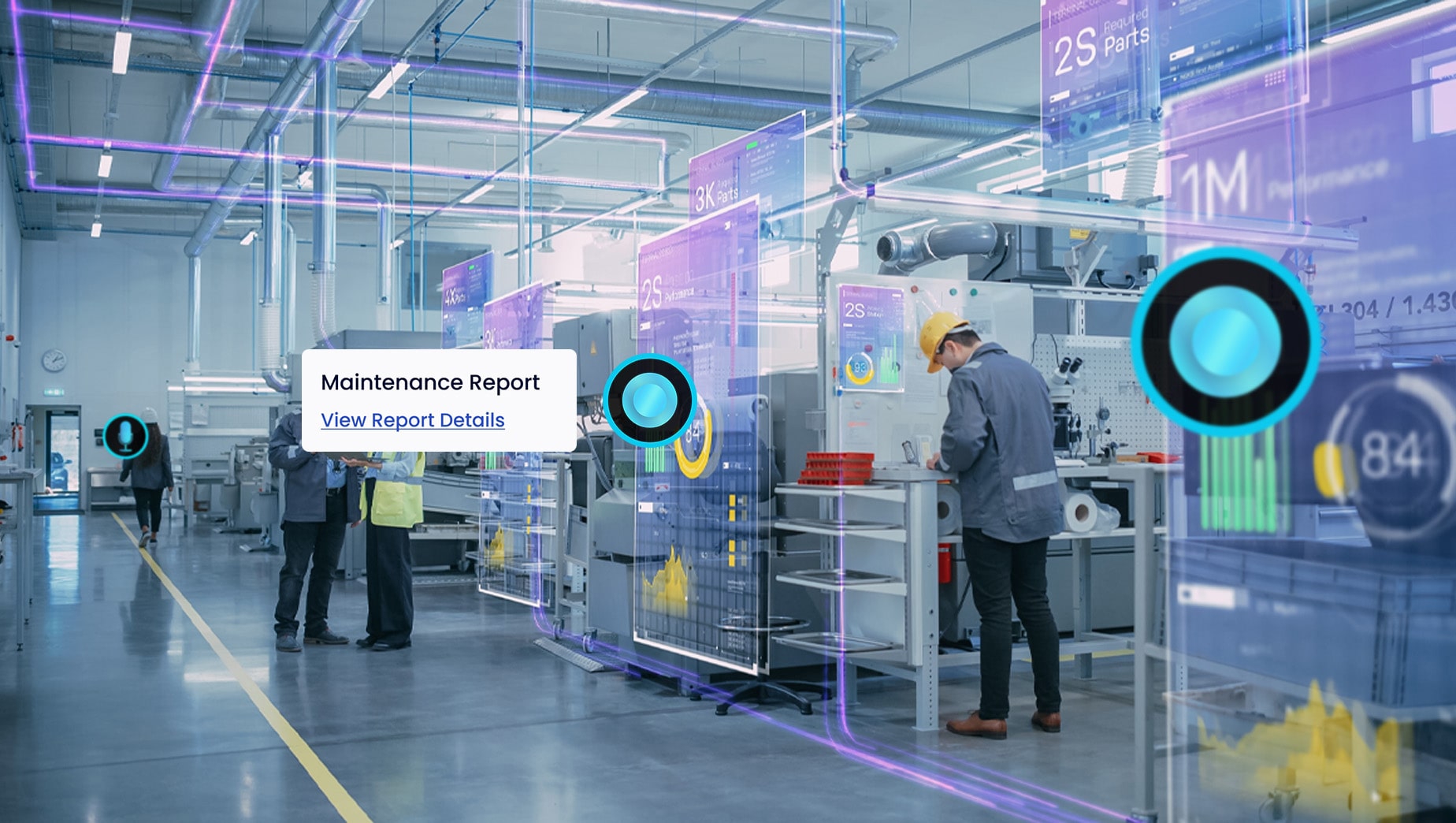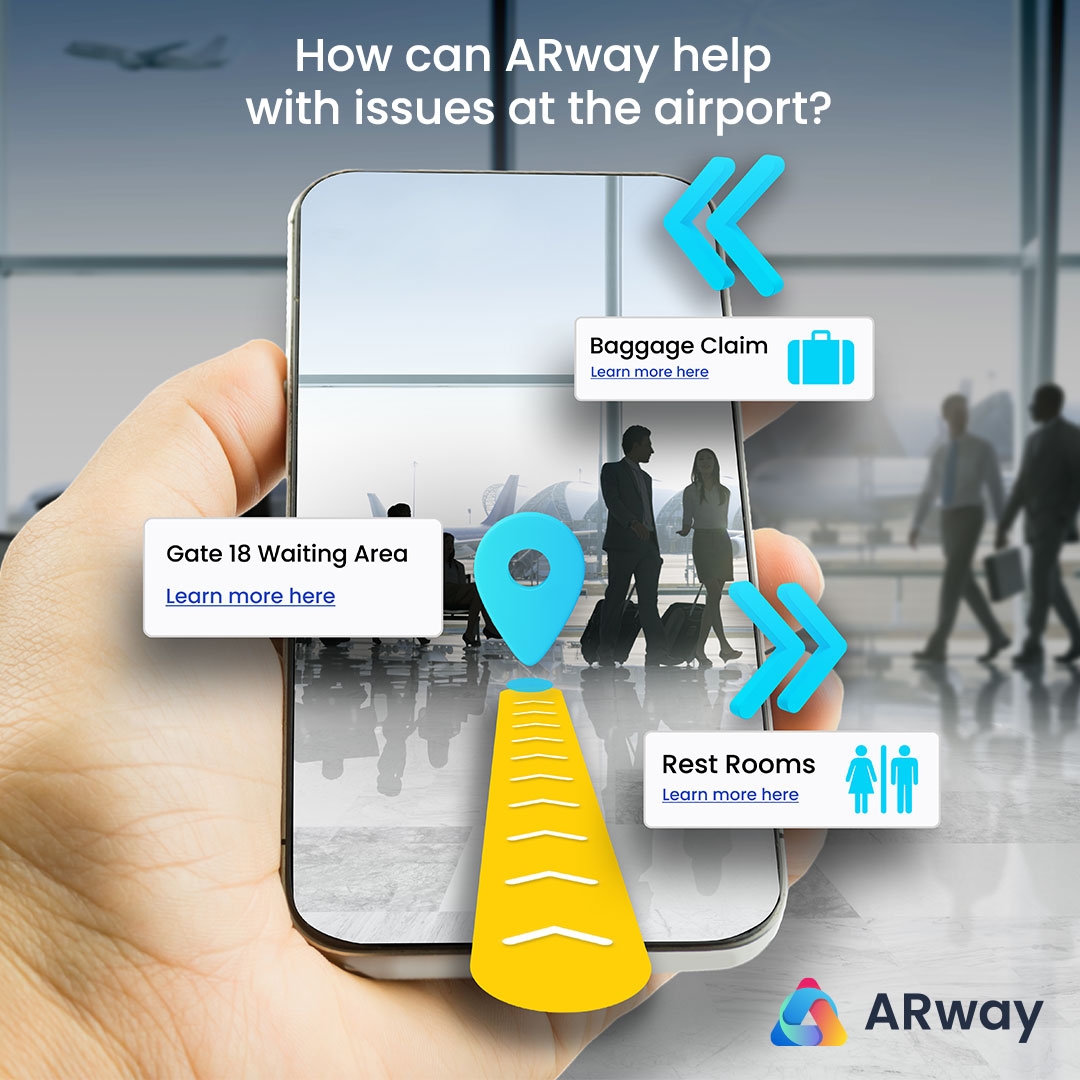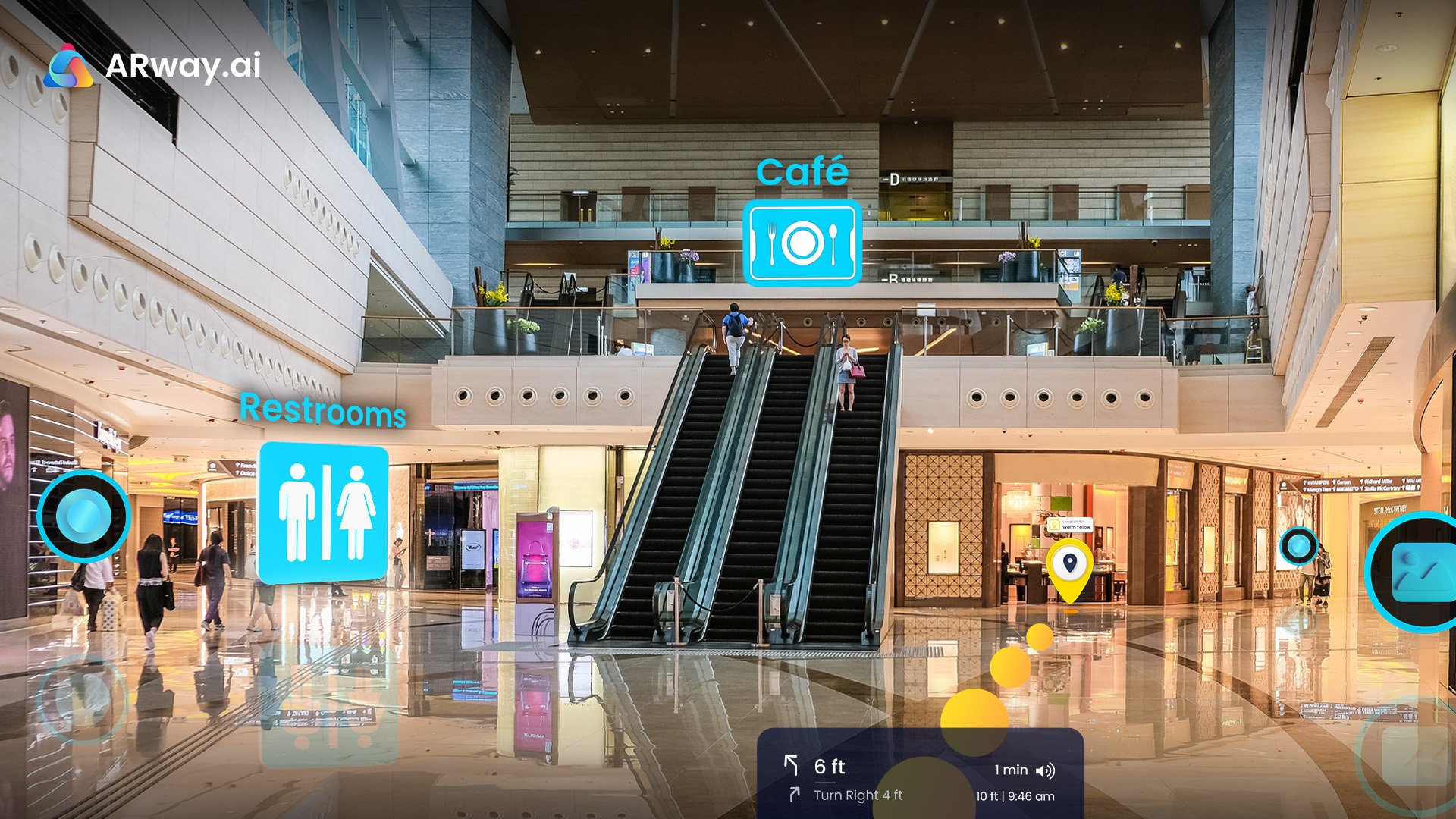Boosting In-Store Experience with AR Navigation & Activations
The customer experience is constantly reinvented and reimagined. Retailers must always be on the lookout for creative ways to retain their customers’ loyalty and attract new ones. Unfortunately, 40% of retail customers are reporting that the in-store shopping experience is due for an improvement. Lack of product information available, untidy stores and shelves, and being unable to locate the product they are looking for are some common consumer problems that can cause them to walk out of a store and prefer to shop online. Thankfully, over the recent years, there’s been an obvious movement towards the metaverse, and the way it blurs the line between the online and in-store shopping experience using AR. As such, forward-looking retailers and facility managers need to stop and strongly re-evaluate how they are leveraging AR in their omnichannel retail strategy to improve the shopping experience for their customers.
ARway’s technology comes to the rescue with their AR navigation and wayfinding, AR product displays and product information, and proximity AR marketing to help retailers improve their in-store experience with, while using gathered data insights to make future improvements and compel more people to spend time in their facility. Continue reading to learn how interactive AR engagements can make a physical store have a retail experience of the future.
Navigating Shopping Malls with Augmented Reality Wayfinding
Shopping centers nowadays are not simply shopping centers. They’re large spaces also operating as arcades, movie theatres, and restaurants – that means it’s easy to get lost!
When navigating a mall for the first time, it’s confusing. But as a consumer is trying to get to where they want to go, it all boils down to the 3 questions: Where am I? Where’s that place/product located? How do I get there?
Typical ways to navigate shopping malls
1. Ask Staff
Everyone’s method is to ask someone for help, but you’re lucky nowadays if you’re able to find someone. 26% of retail customers report being unable to find a store associate when they need help getting directions and 70%+ of shoppers report the inability to find an available store associate as their top challenge, which makes sense since rarely will you encounter a retail space with a 1:1 ratio of store associate to customer.
2. Information kiosks
While they appear helpful and are usually color-coded, customers can oftentimes forget the steps they need to take not long after they look at the kiosk.
 3. 2D maps
3. 2D maps
2D maps simply don’t translate well indoors. Our brains don’t translate the 2D visual that well, which leads to people still getting lost.
When you instead take a human-centric approach, you get AR navigation. Arrows or other types of markers guide users through their phone screen with step-by-step directions to their desired store with ease. Customers navigate anywhere within the mall or department store with AR wayfinding, just as they would use GPS to navigate anywhere outside. AR wayfinding saving time and boosting customer satisfaction in turn has been shown to lead to a 41% increase in foot traffic in shopping malls, which translated into measurable sales growth in 4 out of 5 stores.
AR wayfinding can be taken a step further and used even once a customer reaches the store they’re looking for. By using a store directory, customers can search for products they’re interested in and receive navigation help directly to them with an AR navigation path. Retailers lose out on potential sales when customers can’t find what they’re looking for – and a staggering 65% note it as a key frustration. And with typically not much help from associates, 67.3% tend to walk out empty-handed because they couldn’t find the product they wanted
Attract New Customers
When people decide to check out brick-and-mortar retail stores, they’re typically after special promotions, free samples, giveaways, and discounts which are all essential factors in their purchasing decisions since nearly 40% of shoppers buy sooner and 35% spend more when presented with a coupon or discount.
The location technology behind AR wayfinding allows retailers to identify people nearby their store, pulling customers into their store and giving them a reason to stay and make purchases with AR coupon treasure hunts. Similar in style to Pokemon Go, customers can walk around the store and collect items to earn coupons. Not only is it a way to give customers what they want from a business, but retailers that use gamification see up to a 7 times higher conversion rate.
The impact of AR on shopping
- 72% of shoppers purchased items they had not planned to purchase because of AR
- 61% of customers said they would choose to shop in stores that have AR over those without it
- 55% of shoppers admitted that shopping with AR makes the experience more fun and exciting
Streamline the Sales Process
Information is king through its ability to empower consumers. They are constantly seeking good, reliable information to make the best purchasing decision. While it’s a lot easier to provide this information online, that doesn’t mean it can’t be done in a physical store. A customer often asks an employee for product information, as they’re an extension of the store and presumably are familiar. Yet 64% of brick-and-mortar retail customers recorded a lack of guidance and knowledge offered by staff as one of their top five customer experience pain points.
AR via hotspots, videos, holograms, and other 3D content enables customers to independently learn information about products they’re interested in, view available variations, and find available sizes as they explore a store. It’s similar to information they can find online but in an accessible and immersive format, eliminating the lack of product information they’re used to.
Optimizing a Retail Space
In-Store Displays
To only rely on physical store space limits how many products can be on display and accessible to customers at any one time. Keeping in mind that the average shopper makes three unplanned purchases in four out of 10 stores they visit, displaying products in AR is a great way to engage shoppers and drive awareness.
Utilizing the store’s air space by displaying products in AR increases the number of products that customers can see in the store and reduces the costs of holding inventory. Retailers can then track and capture real-time analytic data, unlike traditional displays or advertisements.
 Unlabeled or improperly priced products
Unlabeled or improperly priced products
Unlabeled products or those with the wrong pricing tag are a bit irritating for customers since it’s an expectation that the store has it correct. This often leads to unnecessary price-checking queries, affecting store efficiency, employee productivity, and overall customer service experience. By replacing physical labels and tags with product QR codes that customers can scan with their phone to view the price and available sizes, as well as to order it online, it’s reliable and consistent information for customers.
Untidy stores and shelves
Unorganized products on the wrong shelf or hanging rail could mean customers end up with a product they thought was a different price, causing frustration, price checks, and avoidable delays at the checkouts – problems they know they won’t typically have online. To keep them coming back to retail locations, more AR product displays help the store stay organized and appealing to customers while reducing the number of times employees need to spend tidying up, thus improving their productivity.
Overstocking on inventory
The average retailer in the US sits on $1.36 of inventory for every $1 in sales due to overstocking. As a result, retailers often have to offer 30% to 70% discounts to move items off the shelves, which led to retail markdowns of $300 billion in 2018. By storing more inventory in AR and using a just-in-time (JIT) inventory management strategy, there’s no oversight and money loss.
Interested in reinventing your retail space for the future? Contact us to learn more about how AR Spatials and navigation can transform your customers’’ experience.







